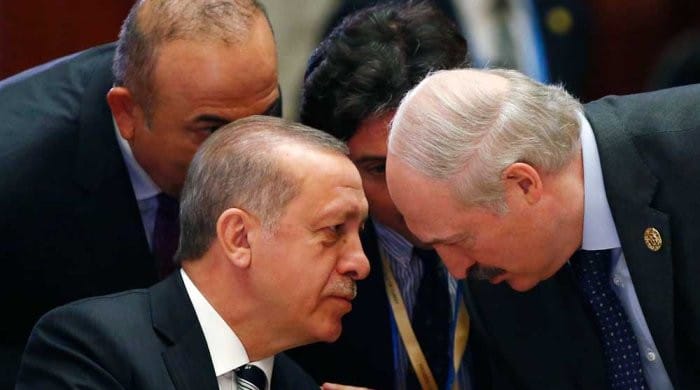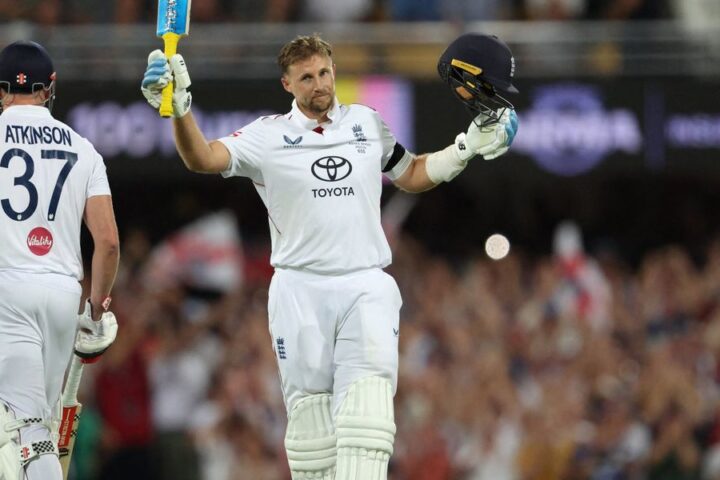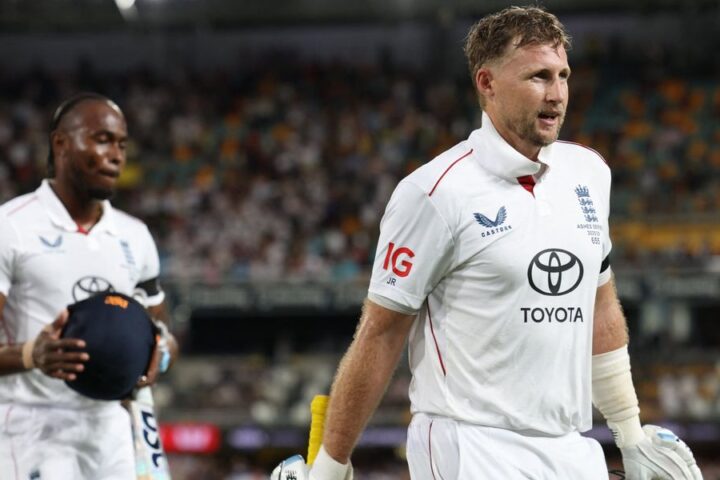Sector fears systemic breakdown within a year as defaults rise and lending dries up
Russia’s banking sector is facing mounting internal alarm over the risk of a systemic debt crisis by mid-2026, as wartime spending, high interest rates, and economic stagnation erode financial stability, according to internal assessments and senior officials cited by Bloomberg News.
Bank insiders say the true scale of bad debt is being masked by accounting practices and payment deferrals, with trillions of rubles in loans potentially at risk. A classified note from one major lender reviewed by Bloomberg indicates that public figures fail to capture the growing number of both corporate and consumer borrowers falling behind on repayments.
An internal estimate suggests that Russia’s corporate loan portfolio shrank by ₽1.5 trillion (about $19 billion) in the first two months of 2025 before stabilising—signalling the early stages of a credit crunch. While banks posted record profits in 2024—₽3.8 trillion, a 20% year-on-year increase, according to central bank data—that headline figure belies underlying stress, exacerbated by war-driven distortions and high default risk.
Senior officials publicly split over recession warning
Tensions among President Vladimir Putin’s top economic lieutenants surfaced last week at the St. Petersburg International Economic Forum, where Economy Minister Maxim Reshetnikov warned, “We are on the verge of slipping into a recession.” Bank of Russia Governor Elvira Nabiullina countered that the downturn was a necessary “cooling,” while Finance Minister Anton Siluanov described the current phase as “a cold spell.”
Putin responded sharply the following day: “This [recession] must not be allowed under any circumstances,” he said in a keynote speech.
These public disagreements highlight the difficulty of managing an increasingly bifurcated economy, where defence spending fuels some sectors while civilian industries languish. The government’s war mobilisation has tightened the labour market and driven up wages, contributing to inflation, which peaked above 10% in 2024.
Interest rates at 20% choke growth and raise default risk
In response, the Bank of Russia hiked its benchmark rate to a post-invasion high of 21% in October 2024 before cutting slightly to 20% this June. Businesses and ministries had lobbied aggressively for relief, warning that debt servicing costs were strangling economic activity and triggering insolvencies.
Despite 4.5% GDP growth in 2024, the economy slowed to just 1.4% in Q1 2025, according to Rosstat, and internal forecasts suggest further deceleration. Analysts warn that the combination of tight credit, rising defaults, and slowing growth could spiral into a full-blown crisis absent structural intervention.
The warning signs are not just internal. The Bank of Russia’s May report flagged “vulnerabilities” such as credit concentration risks and a decline in consumer loan performance. It noted that 13 of the top 78 Russian firms were unable to service their debt—double the figure a year earlier.
The ACRA rating agency echoed the concern, stating that around 20% of the banking sector’s capital is tied to borrowers at significant risk of downgrading due to elevated rates.
Political risks and sanctions could amplify financial fallout
The banking sector’s fragility also poses a strategic vulnerability for the Kremlin as the war in Ukraine continues into its fourth year. Were the United States and European Union to escalate sanctions against Russia’s financial institutions—as some EU officials are currently pushing—the economic impact could deepen.
Some of Ukraine’s Western backers are urging Donald Trump to take tougher financial measures after Putin rejected new ceasefire proposals. To date, the U.S. has refrained from announcing additional sanctions, but rising tensions could tip the balance.
The think tank Center for Macroeconomic Analysis and Short-Term Forecasting, which has ties to Kremlin officials, warned in May of a “moderate probability” of a systemic banking crisis by April 2026, citing a drop in new lending and a surge in poorly performing loans.
Two-track economy widens internal pressures
While Russia’s military-industrial complex continues to benefit from government largesse, private sector businesses—particularly in construction and manufacturing—face a far more hostile environment. Slowing demand, elevated costs, and declining export prices have undermined margins and strained cash flow.
Much of the Kremlin’s wartime stimulus was channelled through favourable loans issued by state-aligned banks, many of which are now under pressure to recover funds from increasingly distressed borrowers.
There are even initial signs that parts of the defence sector may be nearing saturation, according to officials familiar with internal bank and ministry documents. If true, that could erode one of the few remaining pillars of economic growth—further tightening the financial squeeze.
Despite public assurances from regulators that the sector remains “resilient overall,” the combination of rising defaults, dwindling credit issuance, and macroeconomic stagnation paints a more precarious picture beneath the surface.













